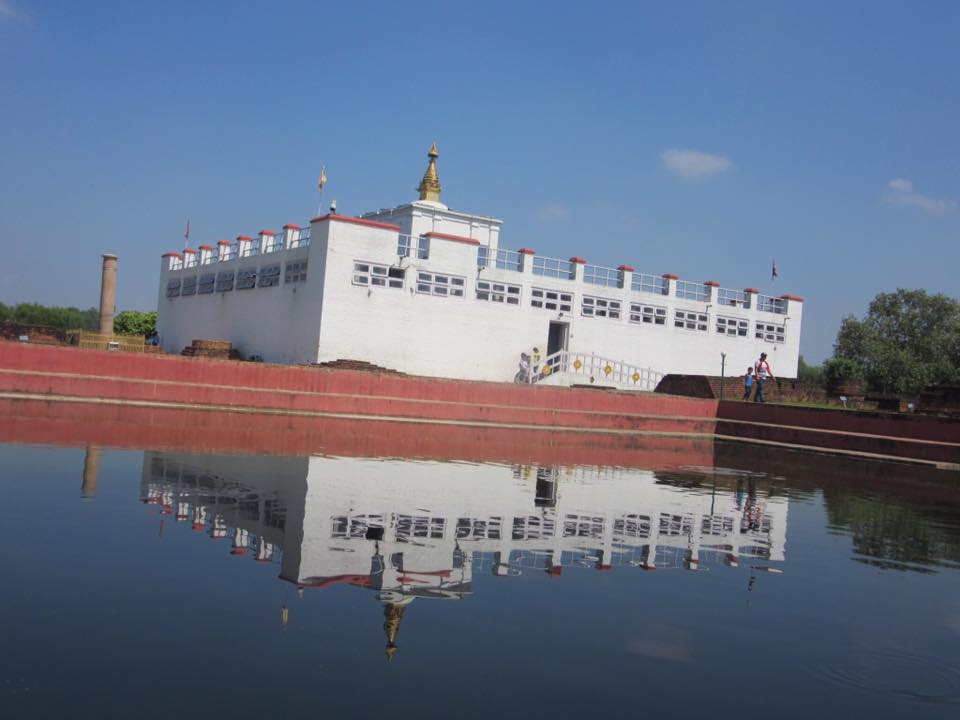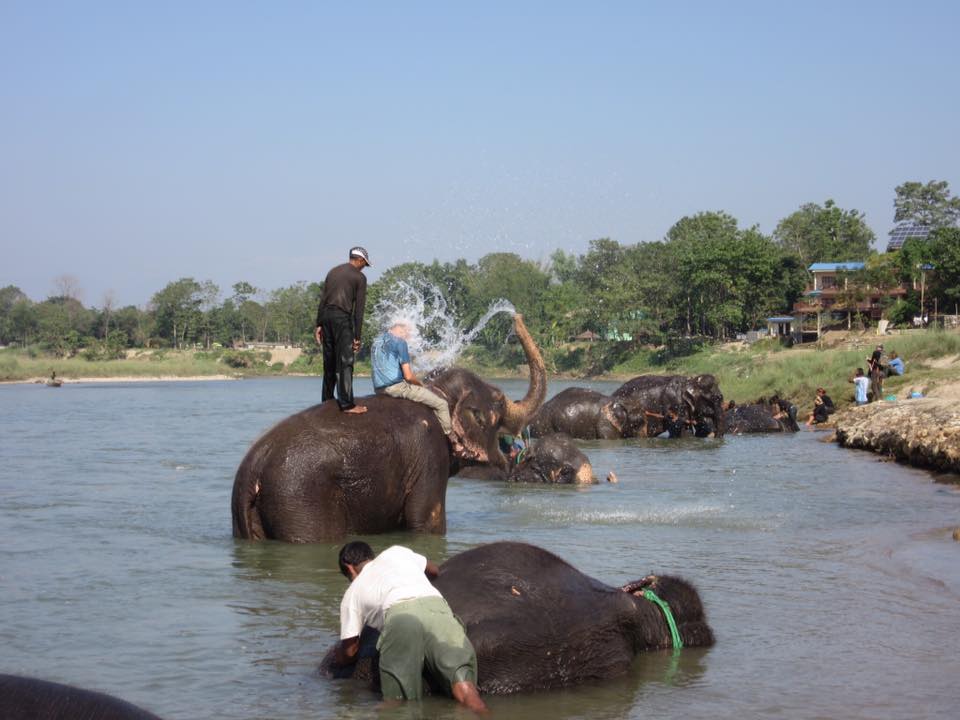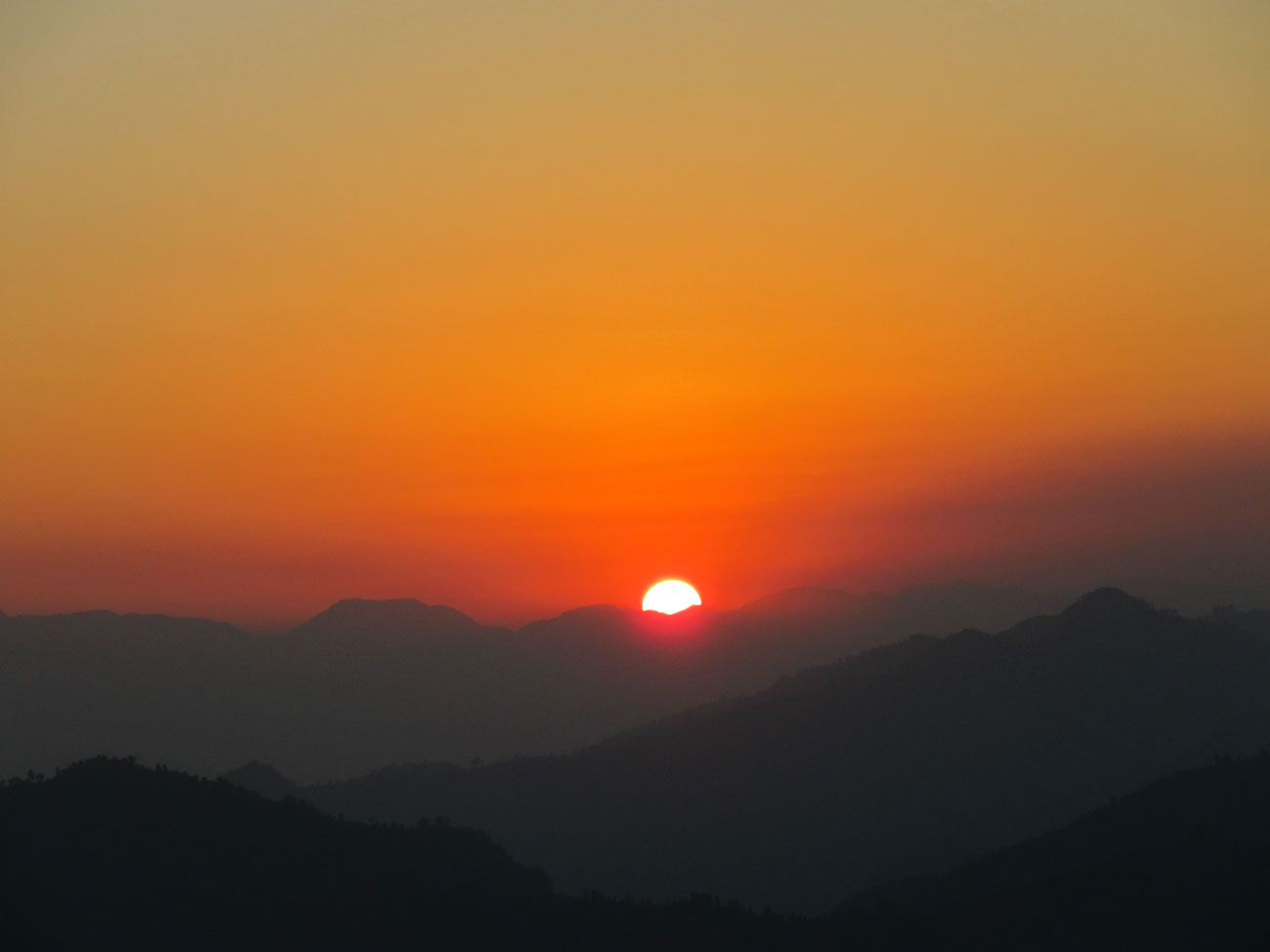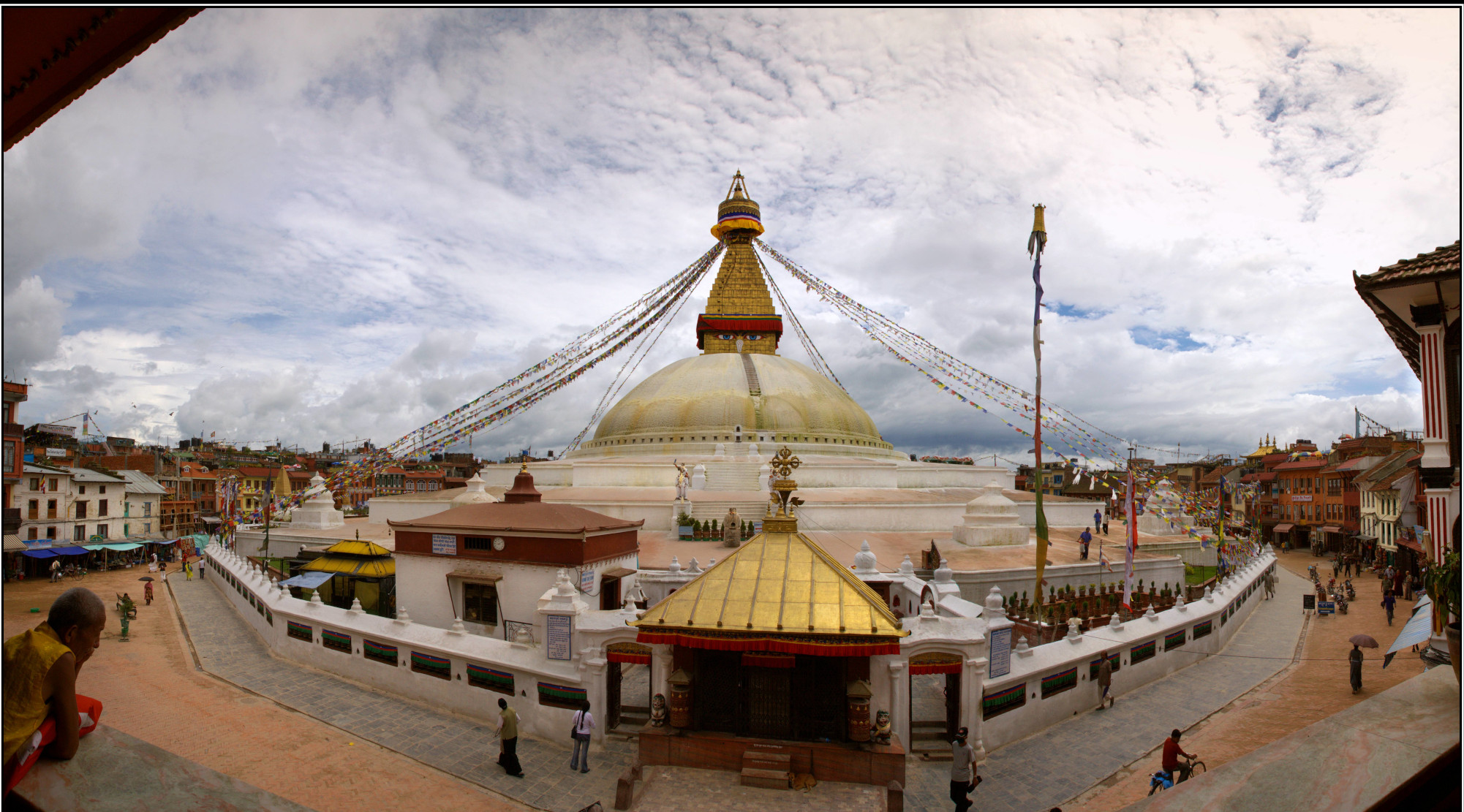History:
Kathmandu Valley is where mythology and geology intertwine. The former holds that the Tibetan saint, Manjushree, flew down to Kathmandu. Upon seeing the huge lake, he cut the Chobhar ridge in half with his mighty sword and drained the waters to allow civilization to flourish in the fertile sacred valley.
There is ample geological evidence to prove that the Kathmandu Valley was once a lake. But geologists piecing together the genesis and demise of the primordial lake now think it may not have been drained all at once, but in phases.
The lake was formed over one million years ago with the tectonic uplift of the southern edge of the Valley and the damming up of the proto-Bagmati River, probably where Manjushree lake (Tau Daha) is today.. Geologists have found the fossil remains of the extinct ancestors of mammoths, hippos and crocodiles in the Kathmandu Valley. They have pollen-dated the sediment, indicating that the shoreline of the Kathmandu Lake was heavily forested with pine and hemlock and The Kathmandu Valley civilisation with Lichhavi and and then Newar settlements grew and prospered because of the fertility of the soil, and later because of the Valley's location along the ancient trade route between India and Tibet. In their wisdom the early settlers set up towns along ridgelines, leaving the fertile slopes for farms.
The Kathmandu Valley may have been inhabited as early as 300 BCE, since the oldest known objects in the valley date to a few hundred years BCE. The earliest known inscription is dated 185 CE. The oldest firmly dated building in the earthquake-prone valley is over 2,000 years old. Four Stupa around the city of Patan that are said to have been erected by a Charumati , a purported daughter of the empero Ashoka, in the third century BCE, attest to the ancient history present within the valley. As with the tales of the Buddha's visit, there is no evidence supporting Ashok's visit, but the stupas probably date to that century. The Licchavis, whose earliest inscriptions date to 464, were the next rulers of the valley and had close ties with the India. The Mallas ruled the Kathmandu Valley and the surrounding area from the 12th until the 18th century CE, when the shah dynesty of the Gorokha under Prithvi Narayan shah conquered the valley as he created present-day Nepal. His victory in the battle of Kritipur was the beginning of his conquest of the valley.
There are Seven groups of monuments of cultural heritage of the Kathmandu Valley, which are listed in the world Heritage site( UNESCO) .These site display the full range of historic and artistic achievements for which the Kathmandu Valley is world famous place. The seven places include the Durbar Squares of Hanuman Dhoka (Kathmandu), Patan and Bhaktapur, the Buddhist stupas of Swayambhu and Bauddhanath and the Hindu temples of Pashupati and Changu Narayan.
Kathmandu Valley is where mythology and geology intertwine. The former holds that the Tibetan saint, Manjushree, flew down to Kathmandu. Upon seeing the huge lake, he cut the Chobhar ridge in half with his mighty sword and drained the waters to allow civilization to flourish in the fertile sacred valley.
There is ample geological evidence to prove that the Kathmandu Valley was once a lake. But geologists piecing together the genesis and demise of the primordial lake now think it may not have been drained all at once, but in phases.
The lake was formed over one million years ago with the tectonic uplift of the southern edge of the Valley and the damming up of the proto-Bagmati River, probably where Manjushree lake (Tau Daha) is today.. Geologists have found the fossil remains of the extinct ancestors of mammoths, hippos and crocodiles in the Kathmandu Valley. They have pollen-dated the sediment, indicating that the shoreline of the Kathmandu Lake was heavily forested with pine and hemlock and The Kathmandu Valley civilisation with Lichhavi and and then Newar settlements grew and prospered because of the fertility of the soil, and later because of the Valley's location along the ancient trade route between India and Tibet. In their wisdom the early settlers set up towns along ridgelines, leaving the fertile slopes for farms.
The Kathmandu Valley may have been inhabited as early as 300 BCE, since the oldest known objects in the valley date to a few hundred years BCE. The earliest known inscription is dated 185 CE. The oldest firmly dated building in the earthquake-prone valley is over 2,000 years old. Four Stupa around the city of Patan that are said to have been erected by a Charumati , a purported daughter of the empero Ashoka, in the third century BCE, attest to the ancient history present within the valley. As with the tales of the Buddha's visit, there is no evidence supporting Ashok's visit, but the stupas probably date to that century. The Licchavis, whose earliest inscriptions date to 464, were the next rulers of the valley and had close ties with the India. The Mallas ruled the Kathmandu Valley and the surrounding area from the 12th until the 18th century CE, when the shah dynesty of the Gorokha under Prithvi Narayan shah conquered the valley as he created present-day Nepal. His victory in the battle of Kritipur was the beginning of his conquest of the valley.
There are Seven groups of monuments of cultural heritage of the Kathmandu Valley, which are listed in the world Heritage site( UNESCO) .These site display the full range of historic and artistic achievements for which the Kathmandu Valley is world famous place. The seven places include the Durbar Squares of Hanuman Dhoka (Kathmandu), Patan and Bhaktapur, the Buddhist stupas of Swayambhu and Bauddhanath and the Hindu temples of Pashupati and Changu Narayan.













